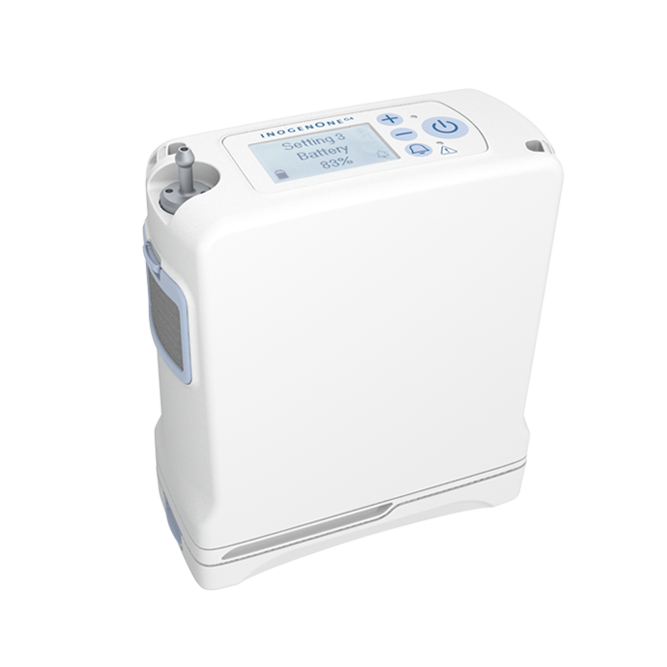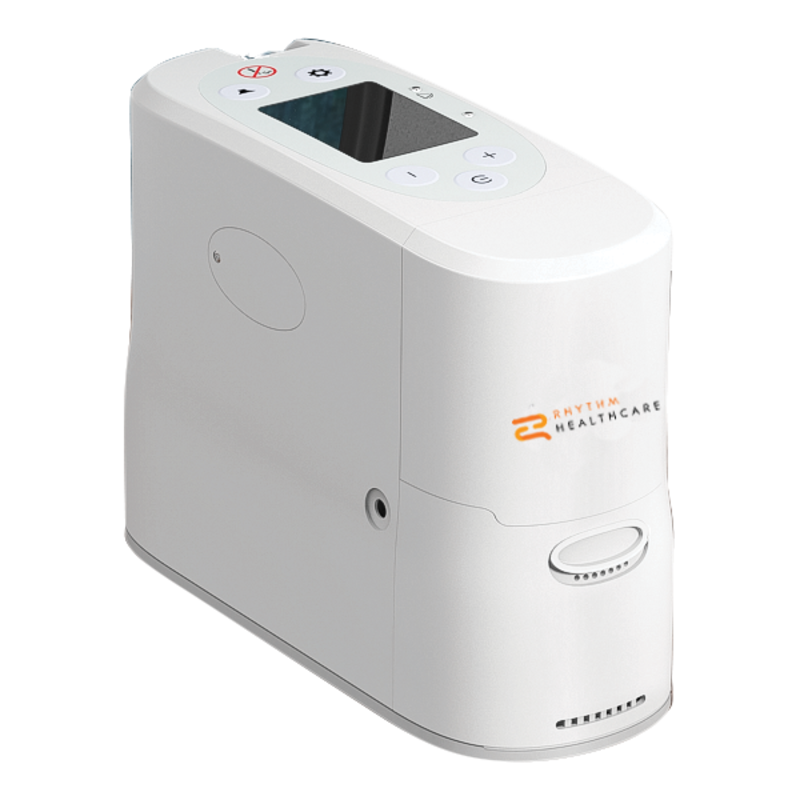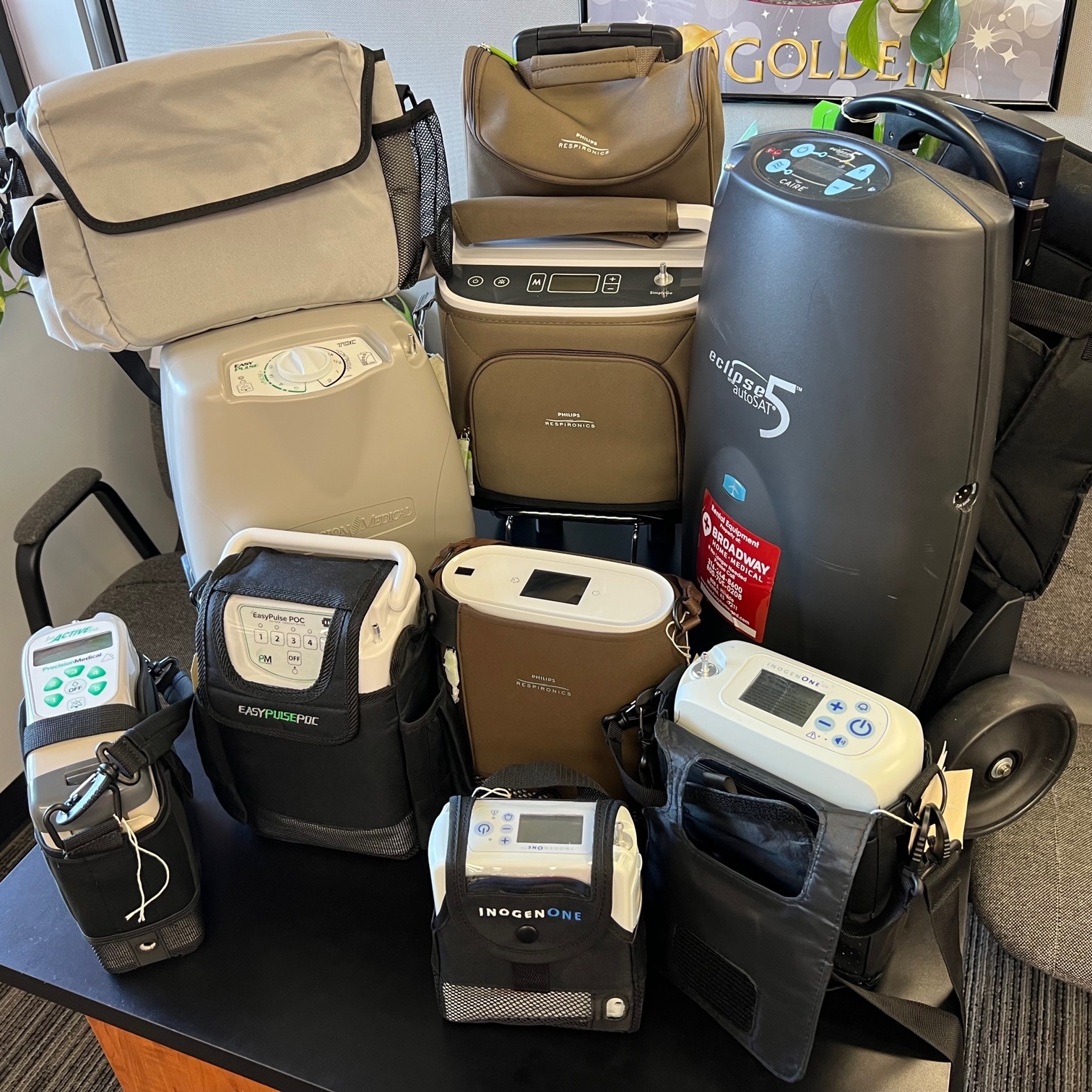Not known Details About Portable Oxygen Concentrators
Wiki Article
Some Known Facts About Portable Oxygen Concentrators.
Table of ContentsThe Single Strategy To Use For Portable Oxygen ConcentratorsNot known Factual Statements About Portable Oxygen Concentrators Getting My Portable Oxygen Concentrators To WorkThe 9-Second Trick For Portable Oxygen Concentrators
Fixed oxygen concentrators were as soon as the requirement, yet these tanks could consider 50 pounds and were really difficult (Portable Oxygen Concentrators). Now, mobile oxygen concentrators obtain the work done, and they can match a bag or purse! The only thing you need to keep in mind is that mobile concentrators have a lot more minimal oxygen shipment capacitiesThere are 2 primary kinds of portable oxygen concentrators: pulse dose and continuous circulation. As the name recommends, pulse dose concentrators provide oxygen periodically, just triggering when you inhale. This sort of tool is generally recommended for COPD patients with limited oxygen needs, as the amount of O2 that a pulse dose concentrator can provide is fairly reduced.
This gadget can deliver up to 3,000 m, L of oxygen every minute, while pulse dosage tools have a tendency to cap out at 1250 m, L. Constant flow gadgets are the go-to for the majority of COPD individuals, as they're excellent for individuals who need two to five liters of oxygen a minute.
Currently that you have this overview to the various types of mobile oxygen makers, select the finest device with the aid of your medical professional.
Indicators on Portable Oxygen Concentrators You Need To Know
We understand Americans utilize domestic variations in home care scenarios. We questioned how well these portable oxygen concentrators would certainly work in healthcare facilities. POC concentrators boost the proportion of oxygen in ambient air people breathe in, whenever they require an increase. Private-use ones are small enough to lug about, and may aid prevent the demand to check out stuffed facilities and medical facilities.When it pertains to mobile oxygen treatment, there are two primary options for shipment. These are mobile oxygen cyndrical tubes which include pressed oxygen gas, or oxygen concentrators, which make use of a battery powered system to press and filter air, in order to create a consistent supply of concentrated oxygen. In this article, AMS Compound Cylinders Technical Supervisor, Tony Morrin, compares both, taking a look at the pros and disadvantages of each oxygen distribution system for NHS medical oxygen customers in terms of patient autonomy.

Mobile Oxygen Concentrator Oxygen purity is constantly higher when provided from cyndrical tubes it never goes down below 99. 6%, no matter of the circulation price required. In battery-powered concentrators, purity is affected by circulation rate, and might be 90% or less, relying on the tools. Whilst oxygen concentrators can be beneficial for clients that need a lower circulation of oxygen, cylinders offer greater focus that can be a lot more appropriate for individuals with high flow demands.
The Ultimate Guide To Portable Oxygen Concentrators
Both systems require the individual to bring around equipment. For cyndrical tubes, this will certainly include carrying a bag (and periodically a cart) and for mobile oxygen concentrators this will certainly consist of the bag, trolley and power battery charger. Weight wise, mobile oxygen concentrators can be equivalent in weight, or often, lighter than standard aluminium cylinder systems.
They will have to boost dramatically if they are to offer the same level of efficiency as that site similar composite cyndrical tubes. Oxygen constantly carries a safety and security threat. On one hand, should cylinders spring a leak, they can develop an oxygen abundant atmosphere that might cause a boost in fire risk.

The difference is that there are substantial in advance prices to purchasing a mobile oxygen concentrator, but reduced running prices using cyndrical tubes makes it possible for the purchaser to spread the expense over a prolonged time period. One small disadvantage of a portable oxygen concentrator is the sound portable systems see post make a considerable amount of noise throughout procedure, which lots of people locate disruptive.
The Buzz on Portable Oxygen Concentrators

Our top notch carbon composite cyndrical tubes offer high pressure (300 Bar), reduced weight, and NLL (Non-Limited Life) efficiency, and are recognized for usage worldwide. More information concerning AMS Compound Cylinders Ltd can be found at .
Oxygen concentrators are designed with customer mobility in mind. Whether it's a desktop variation for home use or a smaller sized, lightweight version for on-the-go, these gadgets permit individuals to move freely without being tethered to a fixed device. Particularly for the ones specifically developed for portability, individuals can lug them about, assisting in travel and day-to-day tasks easily.
One of the major comforts of utilizing an oxygen concentrator is the removal of the constant requirement to refill oxygen containers. This not only reduces the logistical difficulties and reoccurring expenses connected with refills yet also makes sure that the individual has a more foreseeable and constant source of oxygen. Oxygen concentrators are designed to fit flawlessly right into the home atmosphere.
Report this wiki page